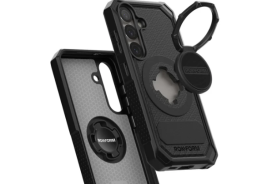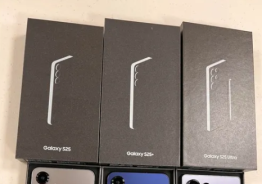Chinese company Oppo may not be very well-known, but it recently gained a lot of attention for its new Oppo Finder, the thinnest smartphone ever - 6.65mm. The company has not stopped there, however, and now it has announced yet another whopping device. The Oppo Find 5 X990 is a quad-core smartphone, the thinnest quad-core smartphone, to be precise, and sports an incredible pixel density.
As the name suggests, the Oppo Find 5 sports a 5-inch display. Nothing spectacular here, as Samsung already made the "phablet" concept quite familiar. The impressive part, however, is that Oppo packed the 1920 x 1080 screen with a whopping 441 ppi (pixels-per-inch). A pixel density of 441 ppi is higher than anything else currently available on th market, including Apple's "resolutionary" Retina Display, which has a pixel density of 326 ppi.
To put things into perspective, a pixel density close to 500-600 ppi would achieve paper-like LCDs. In the printing world, a 1,200 dpi (dots-per-inch) is considered excellent for very crisp photographic papers. Achieving 1,200 ppi on displays, however, is very tough, and we are likely at least a decade away from having such displays mass produced, assuming that a processor could handle such a display.
According to CNMP and IT168, the Oppo Find 5 is still in a prototype stage, and it is uncertain at this point when it will be released to public. The 5-inch Oppo phablet will run the latest version of Google's mobile operating system, Android Jelly Bean 4.1, and will reportedly pack a quad-core Qualcomm Snapdragon S4 Pro APQ8064 processor.
At 441 ppi, the Oppo Find 5 will have a higher resolution display than virtually any phone currently available on the market, including Apple's iPhone 4S, HTC's One X flagship, or Samsung's wildly popular Galaxy S3 smartphone. It is also uncertain at this point, however, when or if the Oppo Find 5 will make its way to other markets as well, and if it does, how much it would cost.
© Copyright 2025 Mobile & Apps, All rights reserved. Do not reproduce without permission.












